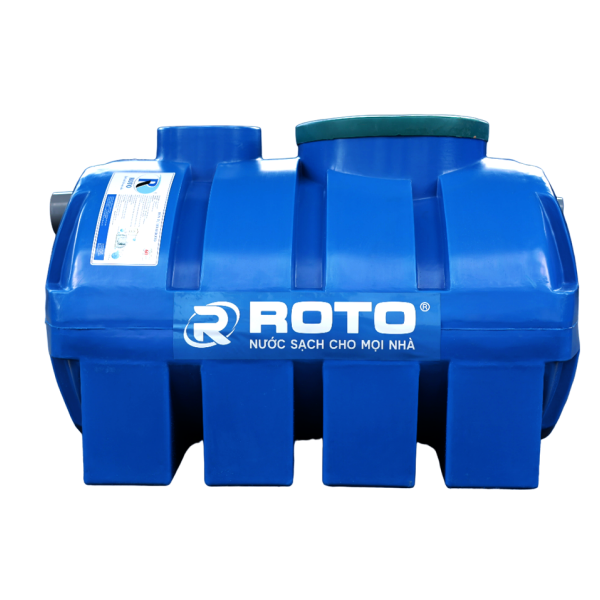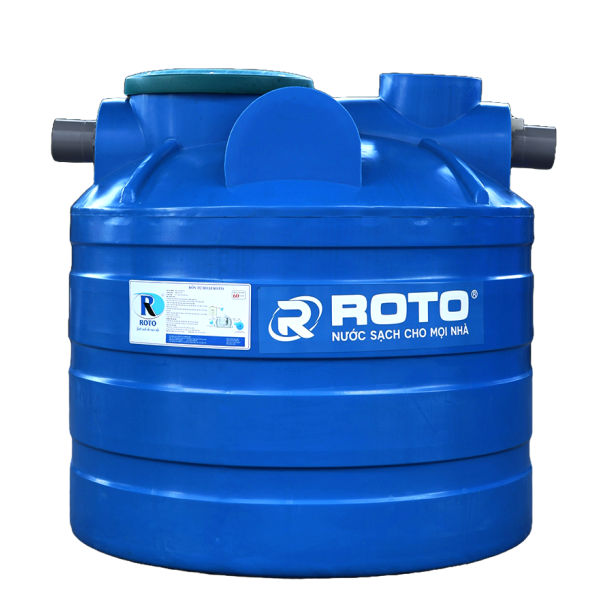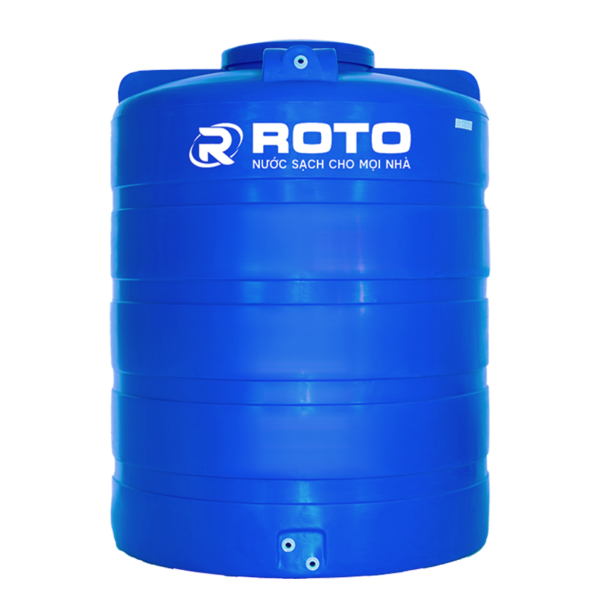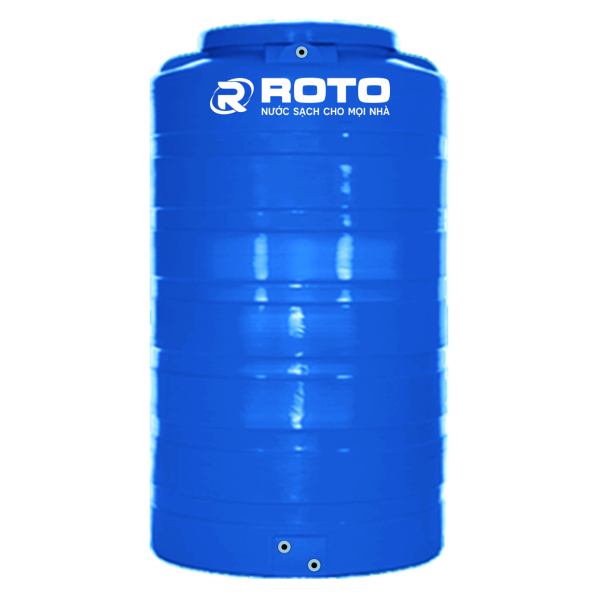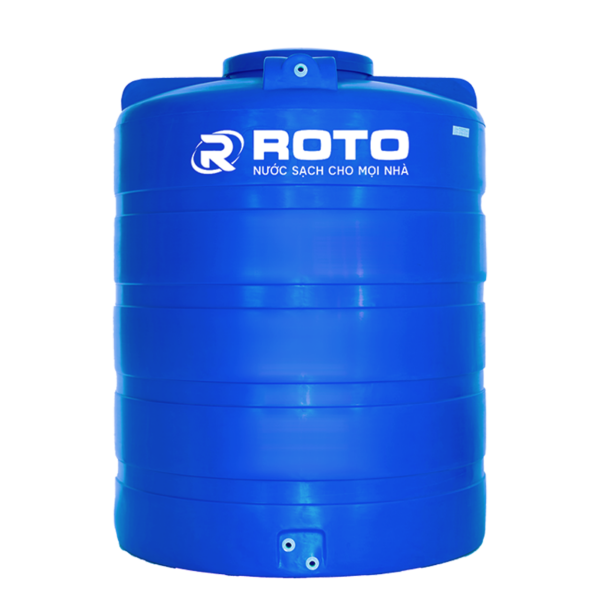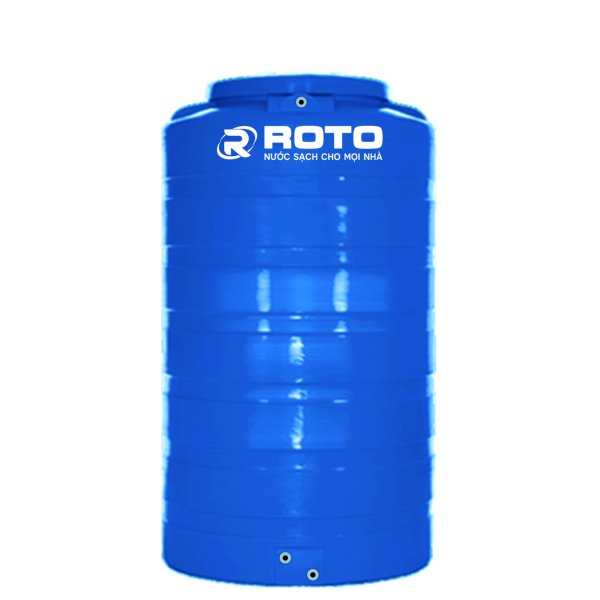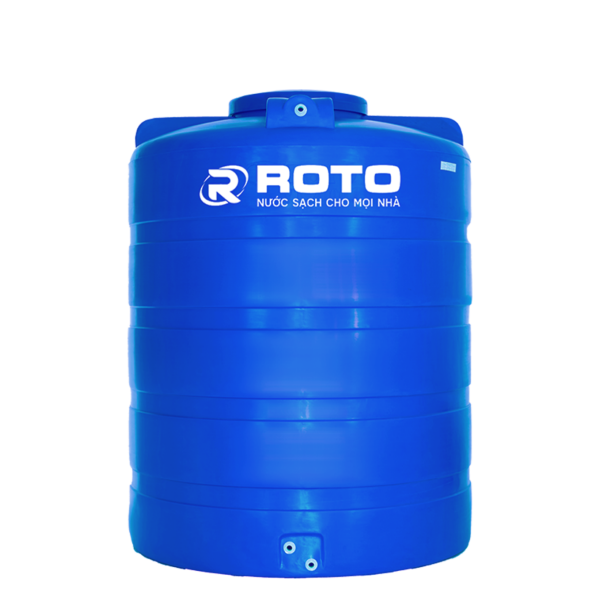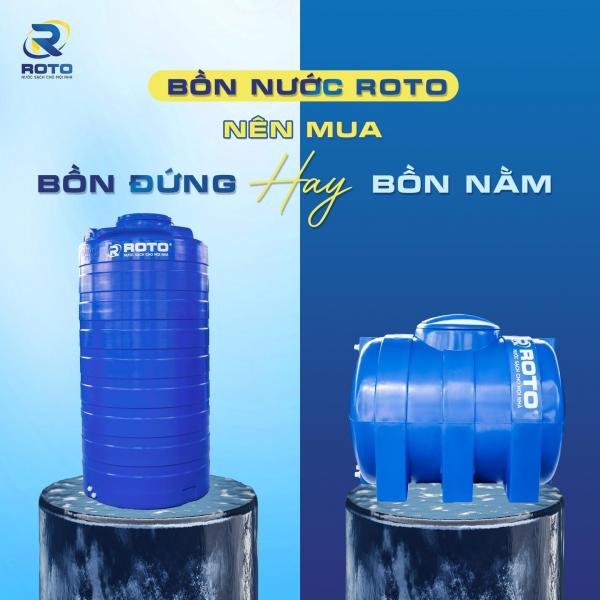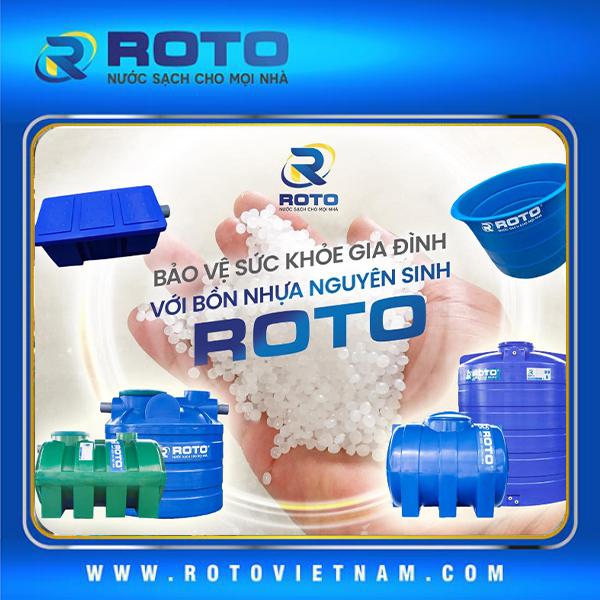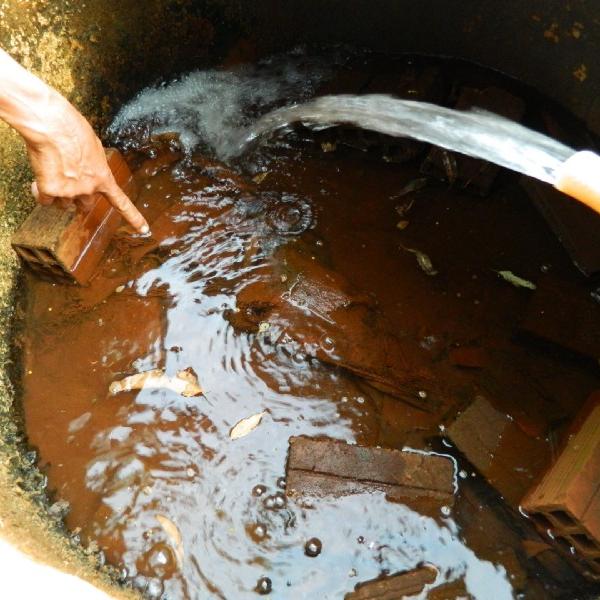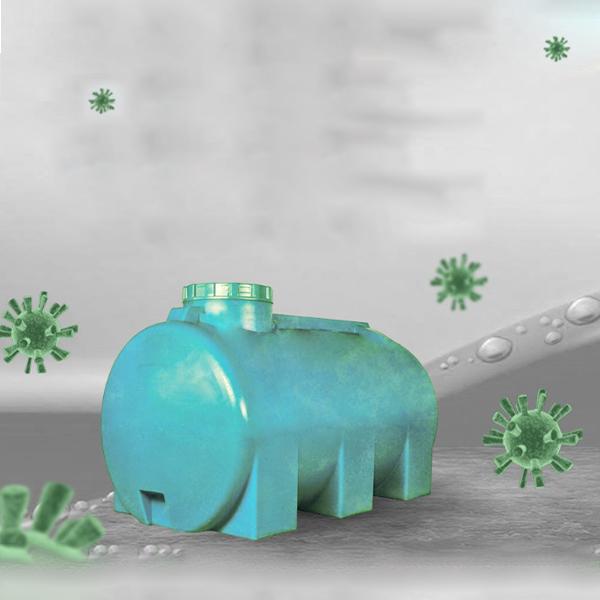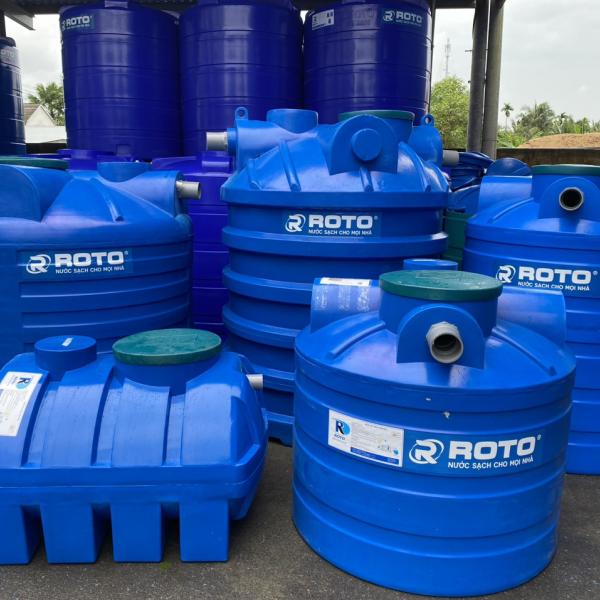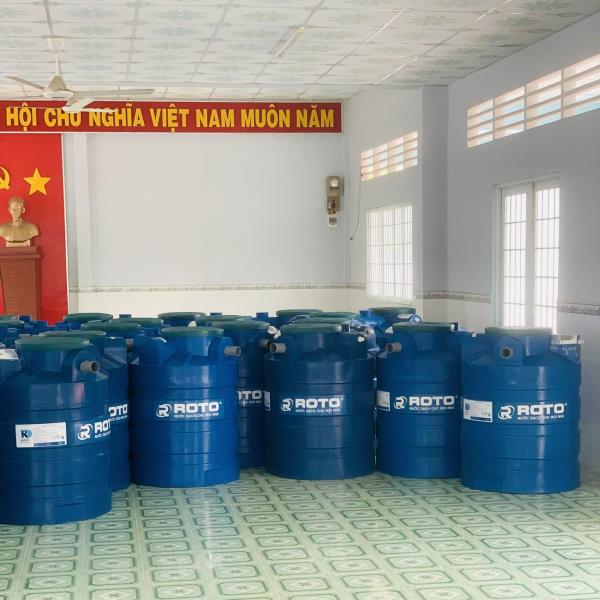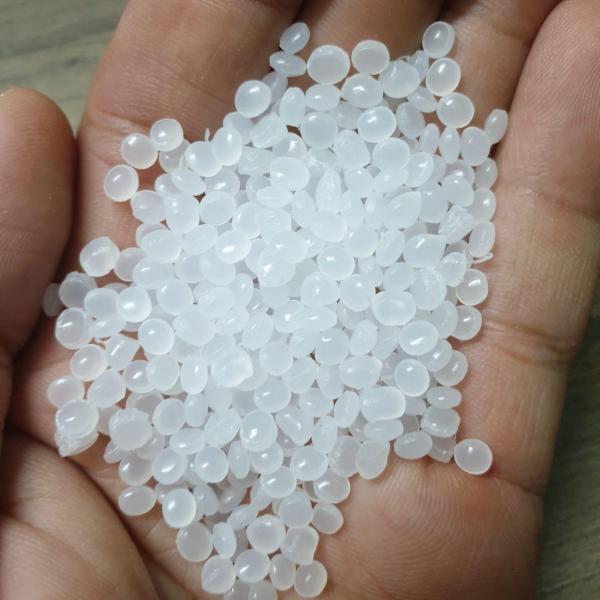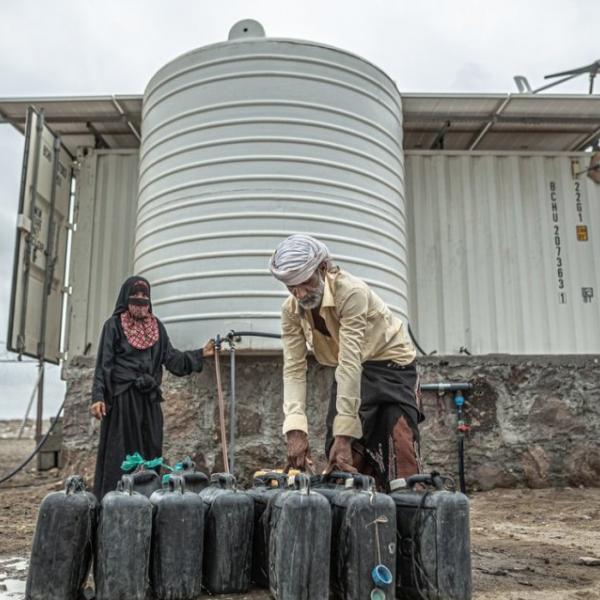The use of unsanitary toilets remains a significant challenge for public health and the environment in Vietnam. Despite positive strides in efforts to improve and upgrade sanitation infrastructure, there are still areas where toilets do not meet standards, especially in rural regions and some small urban areas. This poses many challenges in ensuring a higher quality of living environment, concurrently presenting high demands for uniformity in providing sanitation infrastructure for the entire community.
While positive steps have been taken to enhance and upgrade sanitation facilities, challenges persist in areas where toilets are not up to standards, particularly in rural regions and certain small urban areas. This presents a significant challenge in ensuring a higher quality living environment, simultaneously requiring a consistent effort to provide sanitation infrastructure uniformly across the entire community.
The harmful effects of using unsanitary toilets include
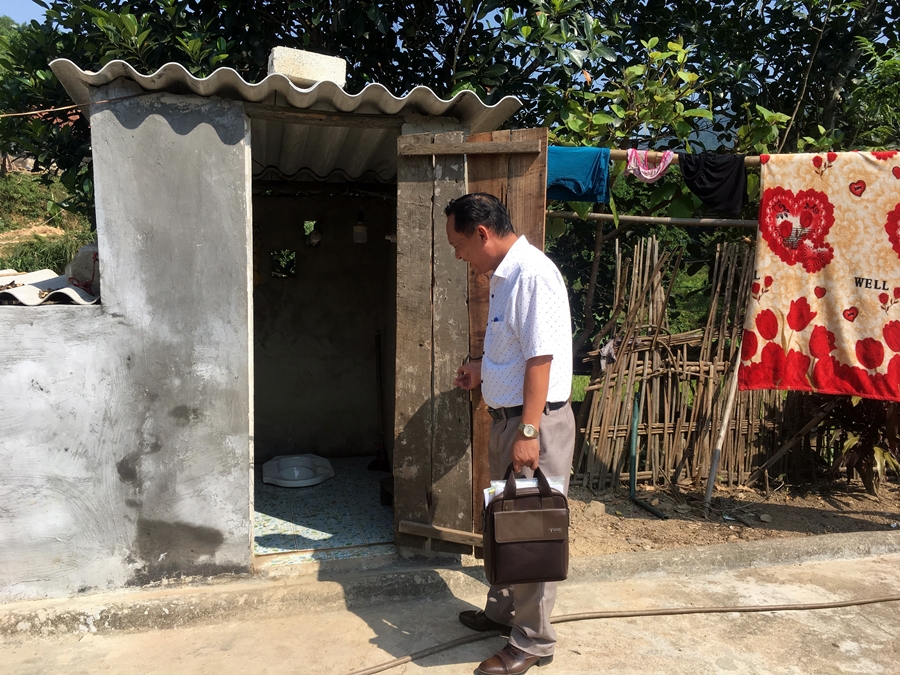
-
Water and Soil Pollution:
Improper disposal of waste from unsanitary toilets can lead to the contamination of nearby water sources and soil. Pollutants such as bacteria and chemical toxins from feces and urine can affect groundwater and harm agricultural land.
-
Transmission of Infectious Diseases:
Unsanitary toilets are a primary source of infection for many communicable diseases, especially those related to the gastrointestinal system. Bacteria, viruses, and parasites can easily spread through water and soil, causing diseases such as diarrhea, intestinal inflammation, hepatitis A, dysentery, cholera, and parasitic infections.
-
Challenges for Sustainable Development:
An unsafe sanitation system poses challenges to the goal of sustainable development. Poverty reduction and improvement in the quality of life become difficult when communities face health and environmental issues arising from the use of unsafe toilets.
-
Negative Impact on Agriculture:
If waste from unsanitary toilets is not properly treated, it may contain nutrients such as nitrate and phosphate, leading to water pollution and adversely affecting agricultural production.
-
Reduced Quality of Life:
An unsafe sanitation environment limits the overall development of a community. Poor health and an unsafe living environment significantly impact the daily lives of the people, resulting in a diminished quality of life.
Solutions to improve unhygienic toilets
While criteria for environmental hygiene have been prioritized and implemented, the most crucial factor remains the awareness of individuals to abandon outdated habits. Moreover, rural residents face financial constraints, making it challenging to invest in the construction of proper sanitary facilities. Many households lack the financial capacity to afford the necessary infrastructure due to high costs.
In addressing this challenge and fostering a safe and clean living environment, ROTO is committed to fulfilling its mission by providing intelligent solutions at a low cost. These solutions aim to positively contribute to the environment while enhancing the quality of life for the communitys health. ROTO strives to offer products that serve as a smart and cost-effective alternative, making a meaningful impact on the overall well-being of the community.
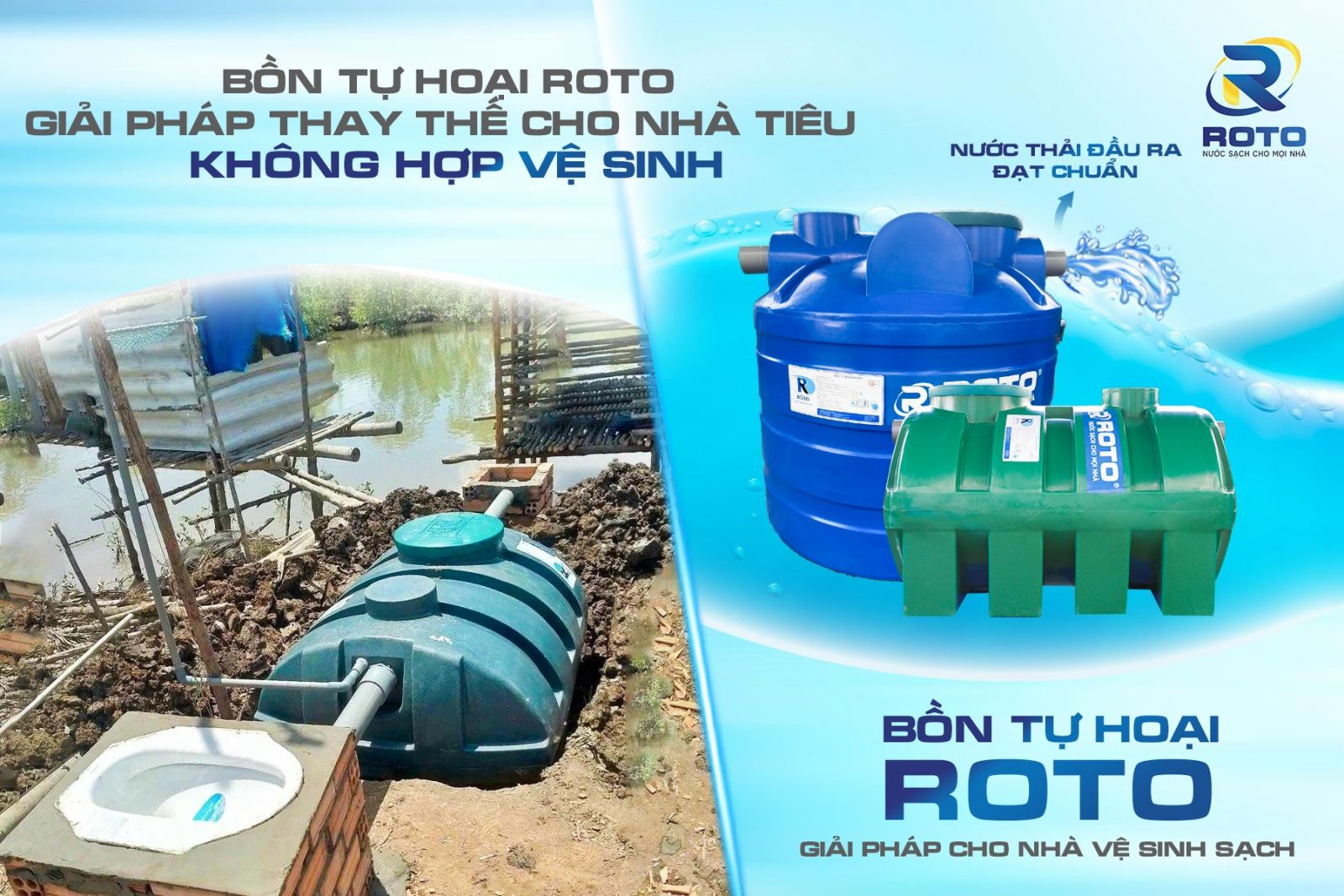
With a combination of advanced technology and the use of 100% virgin plastic, the structure of the plastic pellets ensures high durability, resistance to wear and protection against environmental factors such as UV rays, high temperatures, chemicals, and water pressure. This simultaneously enhances the products lifespan, allowing long-term usage without deformation or cracking. ROTOs Self-Cleaning Tank has been scientifically assessed and designed by the National Scientific Council to meet the water quality requirements for wastewater discharge standards.
Virgin plastic is often an economical and cost-effective choice compared to other construction materials such as steel or concrete. This helps reduce costs, saving budgets for households.
A notable feature of the product is its 100% anti-clogging reverse filtration system, incorporating a biological filter compartment containing numerous granules. This creates an ideal environment for microorganisms to thrive and forms a completely natural biological filter membrane. The unique aspect of this system is its continuous ability to push granules through the inflowing water, completely overcoming the clogging issues commonly encountered in traditional treatment tanks.
ROTO takes pride in being the only self-cleaning tank certified by the Health Environment Management Agency - Ministry of Health according to the national technical standards for sanitation (QCVN: 01/2011/BYT). It has met the stringent requirements of international non-governmental organizations such as CARE, Save the Children, Mission Alliance, World Bank, Samaritan’s Purse USA, and the Womens Union Federation.
Conclude
The use of unsanitary toilets not only affects personal health but also poses the risk of infection and has negative impacts on the surrounding environment. It is essential to take necessary measures to ensure safety and hygiene when using toilets, aiming to protect both individuals and the community. Furthermore, enhancing education on personal hygiene and waste management will play a crucial role in changing attitudes and behaviors, moving towards a healthier and more sustainable community and living environment. ROTO hopes that after reading this article, we can be a smart solution to the challenge of improving unsanitary toilets, making a small contribution to enhancing the quality of life in the community.


